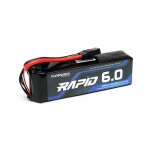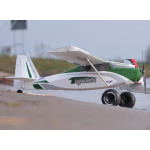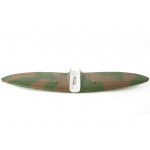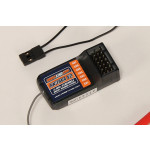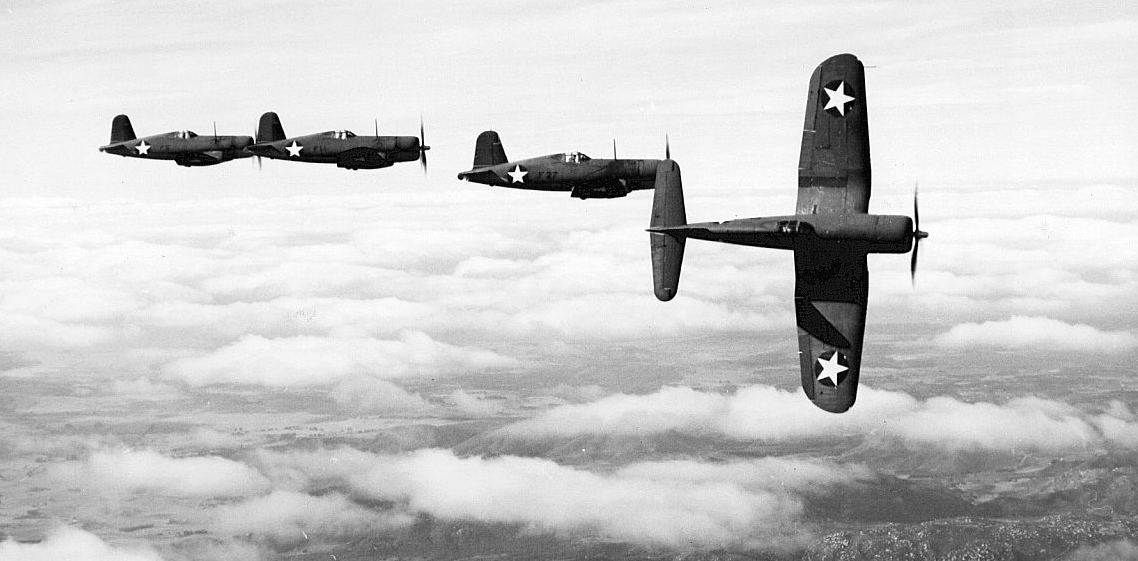
The Whistling Death. The Angels of Okinawa. The Great Iron-Bird. These were just some of the terrorizing nicknames rightfully given to the Vought F4U Corsair – as the Corsair tormented enemies everywhere she flew. Shooting down over 2,000 enemy aircraft with only 189 losses, the Corsair compiled an astounding 11:1 kill ratio during World War 2 and had the lowest loss rate in the Pacific War for any aircraft – truly the stuff of legend.
The Origins
In February 1938, the US Navy (USN) published a request for proposal (RFP) for a high-performance single-engine fighter. The proposal had several mandates; however, none were more notable than these two: the single-engine fighter must have (at that time) the maximum obtainable speed with a stalling speed not higher than 70 mph, and must carry four guns (or three with increased ammunition) and still have the capacity for anti-aircraft bombs. In response to the proposal, the XF4U-1 fighter-bomber was born.
The Design
The F4U incorporated the largest and most powerful engine available at the time: the 2,000 horsepower Pratt & Whitney R-2800. To complement the colossal engine, a large Hamilton Standard Hydromatic three-blade propeller of 13 feet and 4 inches was used. Because the propeller was so big, the nose of the aircraft had to be higher off the ground to give it enough clearance. And because the nose was so high, a longer landing gear was needed, however, that was deemed too dangerous for carrier landings.
Instead of experimenting with reinforced landing gears, Rex Beisel – the aircraft designer – developed a revolutionary new bent wing design: the inverted gull wing. The inverted gull wing not only allowed for a shorter and sturdier landing gear but also eliminated the need for wing fillets which drastically reduced drag. The novel design also enabled the installation of an automatic mechanism for folding and unfolding of the Corsair which was crucial as it was originally designed as a carrier-based aircraft.

What Made the Corsair so Effective?
The Corsair was truly ahead of her time. She was fast, rugged, and packed with firepower; the three elements everyone was scrambling to put together. However, none were as successful as the Corsair. And the Corsair was not just fast, she was the fastest single-engine U.S. fighter of her time - being the first to break the 400-mph barrier.
In a head-to-head with her adversary - the Japanese Mitsubishi “Zero” - the Corsair had an edge in every major category. The Zero had a max speed of 331-mph compared to the 453-mph of the Corsair, the significant differential in speed already puts the Corsair in a league of its own. To make matters worse, the Zero suffered from performance deficiencies at speeds of 216 mph and up. So, when it came to high-speed and high-maneuverability aerial battles, the Zero was not only inferior, but she was basically a sitting duck.
Moving on to the construction build of the aircraft, the Zero was literally a glass cannon - it had firepower, but it lacked defense. Compared to the Zero, the Corsair was built like a tank. It had plated armoring and even featured a self-sealing fuel tank. The Corsair could really take a brutal beating and still somehow manage to take her pilot back to base. By the end of WW2, an estimated 1,600 Corsairs, which was only around 13% of the total produced, were lost: truly a testament to just how robust the Corsair really was.
Operational History
Sporting the conspicuous gullwing design, the Corsair became an easily recognizable aircraft that was both loved and feared depending on your allegiance. While there was no single greatest sortie the Corsair was renowned for, it was the overall brilliance, versatility, and well-balanced characteristics of the F4U which enabled her to have an effective, lasting, and illustrious military career.
After WW2, the Corsair also served in the Korean War and the French Indochina War. It was the only operational fighter that continued in production after the war. From the first prototype delivery to the US Navy in 1940 to the final delivery in 1953 to the French, the Corsair’s production run was the longest of any American piston-engine fighter.
The HobbyKing Chance Vought F4U Corsair
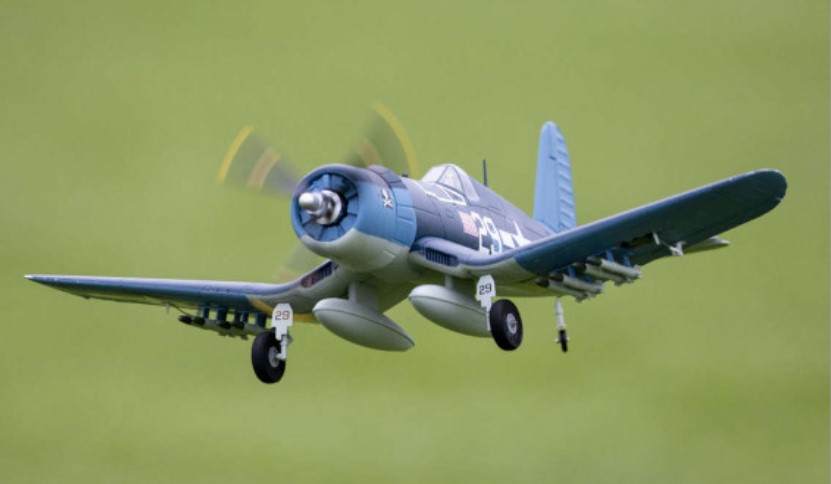
The H-King PNF Corsair is manufactured in a superbly finished EPO foam in an authentic navy color scheme with authentic scale details and with all the decals pre-applied. It comes with a 6-axis ORX flight stabilization system which makes this electric RC plane fit for pilots of all levels – depending on your experience, the gyro can be switched from beginner to expert mode.
Complete with a 1,200 KV brushless motor, a 20A brushless ESC, and 4x 9g servos, this model requires minimal assembly before hitting the skies. This RC warbird has the power to do all the maneuvers required for a World War II fighter and looks fantastic in the air. Its small size is perfect for flying in local parks, large indoor areas, or the local flying patch.
---
Hear it First: Join our Mailing List
Sign up to receive new product updates, exclusive discounts, news, and more!

